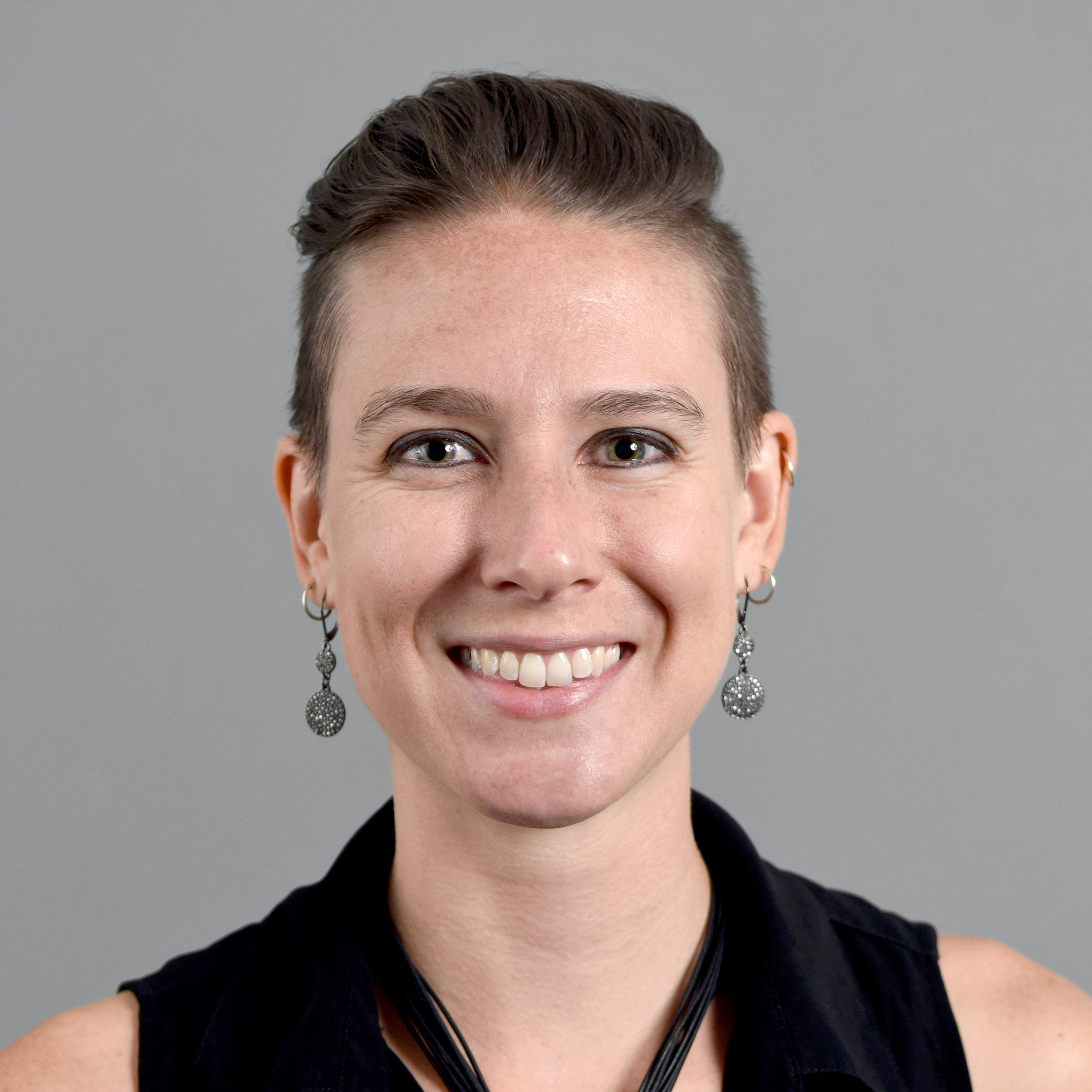In 1980, “infantile autism” was recognized as its own condition by the medical community. Around the country, schools, parents and doctors began to identify children with what would later be called autism spectrum disorder (ASD), and the number of diagnoses skyrocketed.
Cut to nearly 40 years later, and those first children diagnosed with autism have grown up. They’re adults now, and Arizona State University College of Health Solutions Assistant Professor Blair Braden wants to know how autism is playing out in their lives. With 1 in 59 children diagnosed with ASD, it’s a disorder that affects many, yet little is known about its impact on aging in adulthood.
In partnership with the Barrow Neurological Institute and the Southwest Autism Research Center, Braden will spend the next four years studying the brain activity of adults with ASD to better understand the cognitive changes that occur across aging in adulthood and identify what behaviors in adults are the best predictors of age-related cognitive decline. Nearly all previous research on the subject has been limited to children, making this first-of-its-kind study significant for what it will reveal about aging with autism.

Blair Braden
Question: How does aging affect adults with autism spectrum disorder differently than adults without?
Answer: This is something we don’t know yet. While the autism condition has most likely existed for many, many years, it wasn’t until 1943 when it received its name and 1980 when it officially entered the psychiatric diagnostic manual. In fact, the first child to ever be labeled as “autistic” is now an 84-year-old man. So, only recently have there been enough middle-aged and elderly adults identified as having autism that we can begin to ask how the aging process may differ.
When we and others look at this age group of individuals with autism, they have reduced cognitive abilities, more cognitive complaints and higher rates of depression and anxiety compared to neurotypical adults the same age(Braden et al., 2017). However, no one has followed the same individuals with autism over time. Our research group recently began one of the first longitudinal aging studies on autism. We have followed some folks for two years and have funding through the National Institute for Mental Health to keep tracking them for four more years.
Q: What changes in cognitive function might an older adult with autism expect to experience? What interventions are available to support age-related changes for adults with autism?
A: The cognitive changes we are most concerned about in older adults with autism fall under the umbrella term, “executive function.” Executive function governs our ability to do things like plan, flexibly respond to new situations and manipulate information in our minds, which you can imagine is very important for our capacity to work and live independently. Even young adults with autism on average have reduced executive function abilities compared to their neurotypical peers.
Since executive functions also decline with aging for all of us, we are worried that older adults with autism may incur a “double hit” to this system that will greatly affect their independence. There currently are no robust interventions to support age-related changes for adults with autism. Our group plans to investigate adapting interventions tailored to individuals with mild cognitive impairment (often a precursor to dementia) to this population.
Q: What do you anticipate learning from your research?
A: We expect to learn more about the specific vulnerabilities and resiliencies older adults with autism have to aging, and the brain-imaging markers that predict how someone will be affected by aging. Once we know this, we can precisely tailor interventions that help adults with autism remain as independent as possible for as long as possible. We hope this increases quality of life for the individuals and their family, as well as reduces health care costs.
Q: What inspired you to pursue this work?
A: Growing up, my family ran a nursing home and my older sister was a special-education teacher. I spent much of my time in her classroom and loved interacting with kids on the spectrum. On evenings and weekends, I was often at the nursing home mingling with the elderly under my grandmother’s care. Both groups absolutely captivated my fascination with how all of us have such different brains that are constantly changing as we age. Somehow I was lucky enough to combine my love for both of these groups of people by being one of the first to help adults with autism understand how aging will affect their brain and cognitive abilities.
Top photo courtesy of wikimedia.org.
More Health and medicine

College of Health Solutions alumnus named Military Medic of the Year
By Keri Hensley and Kimberly LinnJonathan Lu has looked out for the health of his fellow military service members his whole career, starting with his role as a combat medic in the U.S. Army.Driven by…

ASU, Mayo Clinic forge new health innovation program
Arizona State University is on a mission to drive innovations that will help people lead healthier lives and empower health care professionals to develop novel new health solutions. As part of that…

Innovative, fast-moving ventures emerge from Mayo Clinic and ASU summer residency program
By Georgann YaraIn a batting cage transformed into a custom pitching lab, tricked out with the latest in sports technology, Charles Leddon and his Mayo Clinic research teammates scrutinize the…
